A handful of children were clambering on to a big plastic slide while a few more were pointing upwards at a drone doing loops in the air above them. But the smallest, some of them wearing hats to protect them from the sun, were hunkered down in a sandpit with buckets and spades.
Almost all the children at Shangri-La Bilingual Kindergarten are Tibetan, and none of the three-year-olds playing in the sandpit were speaking Chinese. But for the next three years, they will be immersed in Mandarin from 9.30am to 5pm every day.
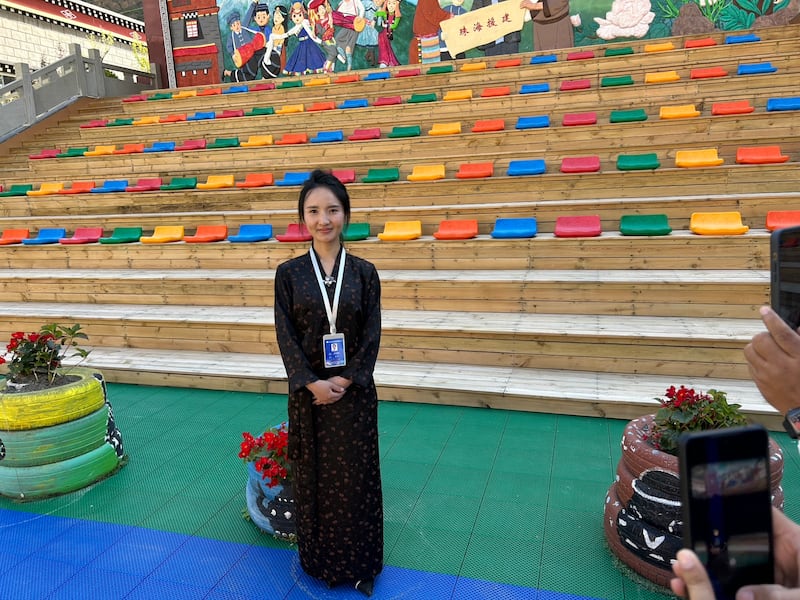
“Today is the second day in the kindergarten for the kids from Grade 1. The first language in Tibetan families is Tibetan, so the children can speak Tibetan fluently, not Chinese,” said Ze Ren Yong Zu, the kindergarten’s president.
“Three-year-old children can’t communicate smoothly in Mandarin and when they start at the kindergarten, the children face language barriers. The priority for Grade 1 kids is to learn Mandarin. When kids are in the Grade 2 and Grade 3, they get used to being here.”
RM Block
Shangri-La township is in the Ganzi Tibetan Autonomous Prefecture on the south-eastern edge of the Tibetan Plateau, in China’s Sichuan province. Eighty per cent of the prefecture’s 1.1 million people are Tibetan, but international human rights advocates fear that kindergartens such as this are part of a process of assimilation that is eroding their language and culture.
“We express serious concern about what is reported as a policy of acculturation and assimilation of the Tibetan culture into the dominant Han-Chinese majority, through a series of oppressive actions against Tibetan educational, religious and linguistic institutions, in contradiction to the right to education, cultural rights, freedom of religion or belief and other minority rights of the Tibetan people,” an expert panel commissioned by the United Nations Human Rights Council wrote to the Chinese government last November.

Passengers arriving at nearby Daocheng Airport, the highest in the world at 4,411 metres above sea level, receive a canister of oxygen and vials of hong jing tian, a dark syrup made from an alpine plant which eases altitude sickness. Tucked into a valley in the Hengduan mountains, the township changed its name in 2002, a year after another town in neighbouring Yunnan province called itself Shangri-La after the mythical mountain paradise in James Hilton’s Lost Horizon.
The novel, which was published in 1933, was the world’s first mass market paperback and Frank Capra’s film version four years later established the idea of “Shangri-La” as an image of utopian innocence and unspoilt beauty.
The Sichuan township’s claim to the name is based on the belief that Hilton was inspired by a National Geographic report from nearby Yading in 1931 by Joseph Rock. A botanist, ethnographer and photographer, Rock negotiated with local kings, monks and bandits as he made his way to Yading, a lush valley below three holy, snow-capped mountains with hanging glaciers, dense forests and shimmering lakes and streams.
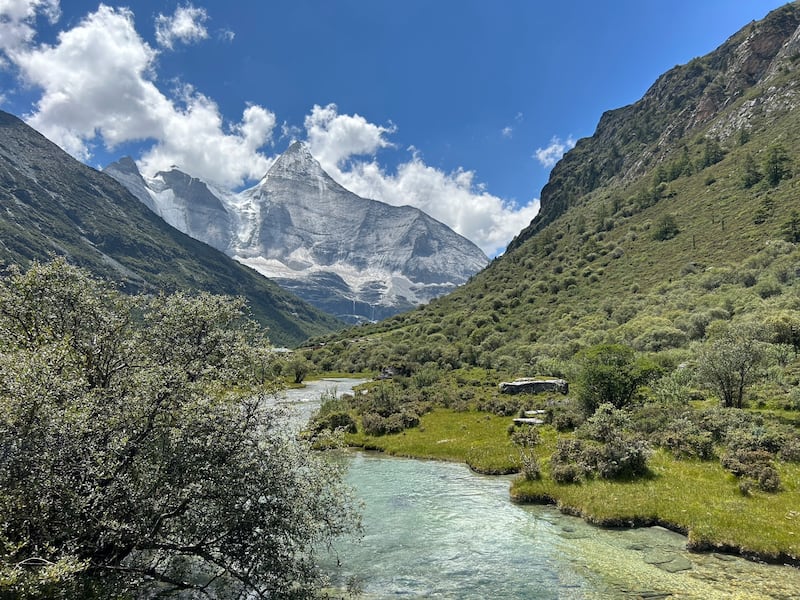
When Rock visited in the 1920s, this was part of the Tibetan region of Kham with control passing between Chinese and Tibetan chiefs and warlords. In 1950, a year after the Communist Party took power in China, the People’s Liberation Army (PLA) marched through here on its way to “liberate” Tibet.
Since 2002, the policy has been to promote bilingual education in primary and secondary schools in Tibetan areas
As the Chinese forces advanced towards Lhasa, Tibet’s spiritual and political leader the Dalai Lama sent envoys to Beijing, where they settled the Seventeen-Point Agreement for the Peaceful Liberation of Tibet. It said that existing institutions, including the Dalai Lama’s status and functions, would remain unchanged and guaranteed religious freedom and protection for Tibetan language and customs.
Tibetan areas of Sichuan, Yunnan, Gansu and Qinghai provinces were identified as autonomous prefectures and counties, while most of Tibet became the Tibetan Autonomous Region, where foreigners cannot visit without a special permit.
[ Dalai Lama apologises after kissing boy and asking him to ‘suck his tongue’Opens in new window ]
The 14th Dalai Lama left Tibet in 1959 after an uprising in Lhasa that saw the Chinese security forces kill thousands of Tibetans, and he established a government in exile in Dharamshala in northern India. At the beginning of the Cultural Revolution in 1966, schools were closed and when they reopened, Tibetan was no longer taught.
This changed after the reforms initiated by Deng Xiaoping, and in 1982, a new policy said that Tibetan should be the primary language of instruction in primary schools. Since 2002, the policy has been to promote bilingual education in primary and secondary schools in Tibetan areas.

Founded in 1959, Shangri-La Key Boarding School is a bilingual primary school with 391 students, 288 of whom are boarders. It has spacious sports facilities, a well-equipped music room, science lab and library, and tuition, textbooks, accommodation and meals are free.
“Our school has bilingual teaching, Tibetan and Chinese, and we also have folk dance, Tibetan culture classes. In sports, we also cover some Tibetan games,” the school’s president Kang Zha Xi said.
I visited the school with a group of foreign journalists on a trip organised by the Chinese government, which was keen to showcase the bilingual education system for Tibetan children. Even China’s critics acknowledge that learning Chinese is essential for everyone in the country, regardless of their ethnic identity.
But the expansion of bilingual boarding schools has followed the closure of rural Tibetan schools and the UN panel expressed concern about their impact on the children’s connection with their Tibetan identity.
“There are very few Tibetan teachers in such schools, and the majority of teachers are Han. Teachers only speak in Mandarin Chinese and conduct all educational activities in Mandarin Chinese,” they said.
Thirty four of the Shangri-La school’s 37 teachers are Tibetan, including the president, who grew up locally and went to a similar school. Besides six hours of Tibetan language classes each week, Tibetan is spoken alongside Chinese in other classes, but all the textbooks are in Chinese.
[ At least 28 killed and five seriously injured following avalanche in TibetOpens in new window ]
“Their parents are from rural areas. They grow crops, work in the tourism industry, herd yak or sell Tibetan specialities like matsutake mushrooms, and some go to bigger cities for work,” he said.
“The boarding system solves problems for the parents. They are young and they have to go out to earn money.”
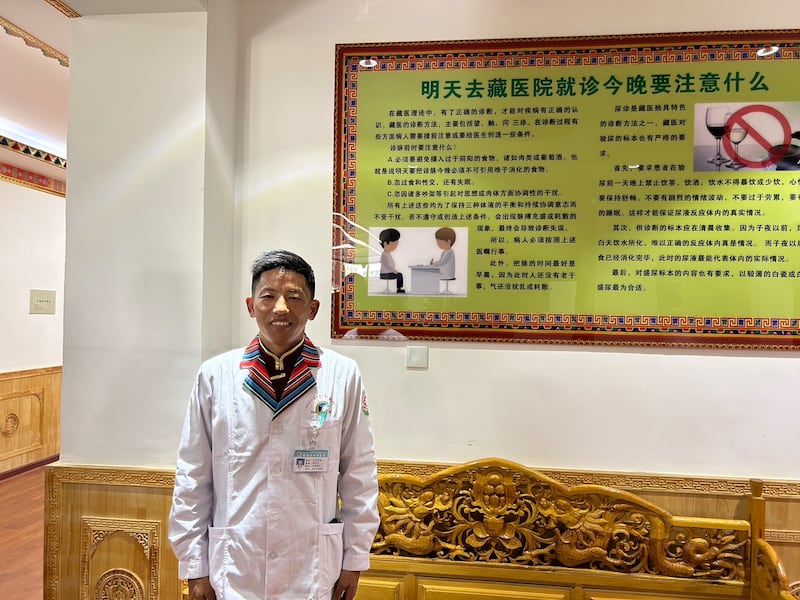
Golden needle
At the Daocheng County Traditional Chinese and Tibetan Hospital, Dr Luo Rong Dian Zhu was pushing a needle into a patient’s head and lighting some herbs on top of it. This is the golden needle treatment, a Tibetan therapy he said is effective for treating strokes, high blood pressure, migraine and headaches.
Practising traditional Tibetan medicine not only involves offering treatments such as bloodletting, but also demands a close examination of patients’ urine.
In the county town street signs are bilingual, with Tibetan usually on top but with Chinese in larger lettering, while some public notices are only in Chinese
“It is not only about the colour when we look at the urine. It is also about the smell, even the flavour. The flavour can tell us if the patients have diabetes, and sometimes we have to taste the urine. This can tell us about the patient’s condition,” the doctor said.
Although the hospital offers Western, Chinese and Tibetan medicine, the patients’ preference is clear, with 30,000 seeking Tibetan treatments last year compared to 8,000 seeking Chinese therapies. Although Traditional Chinese and Tibetan medicine have different theoretical bases and both are conceptually different from Western medicine, the doctor can see the distinctions dissolving.
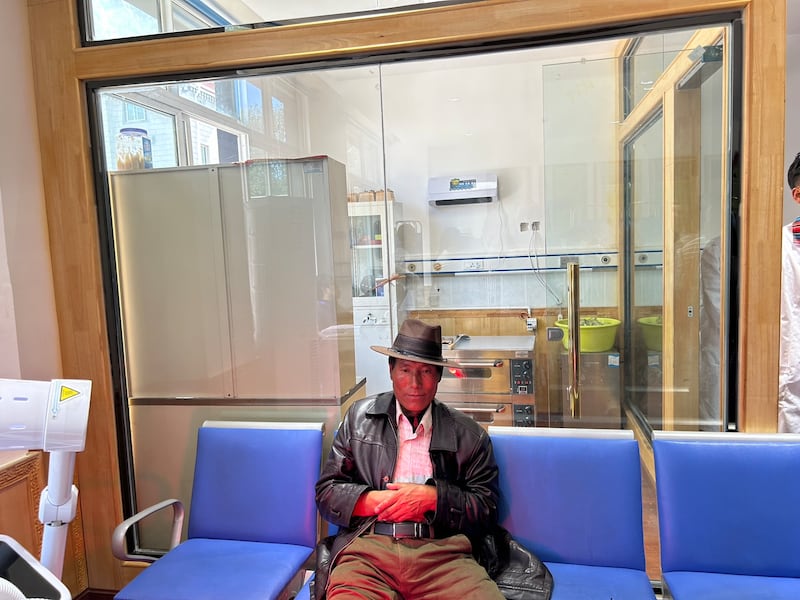
“In my opinion, in the near future, we are going to have this convergence of different schools of medicine. In other words, we will not talk about Chinese medicine, Tibetan medicine, or Western medicine. We are going to have one medicine that is used for the treatment of diseases. The common goal is human health,” he said.
Monastery
A two-hour drive from Shangri-La along a winding mountain highway, Xiangcheng County feels even more remote, with yaks meandering across the road and monks in burgundy robes strolling along it. The houses are whitewashed in the Tibetan style with flat roofs and numerous windows, which like the doors are framed in black, and some gables are decorated with the swastika, a symbol of eternity.
In the county town street signs are bilingual, with Tibetan usually on top but with Chinese in larger lettering, while some public notices are only in Chinese. Many people in shops and on the street speak only Tibetan.
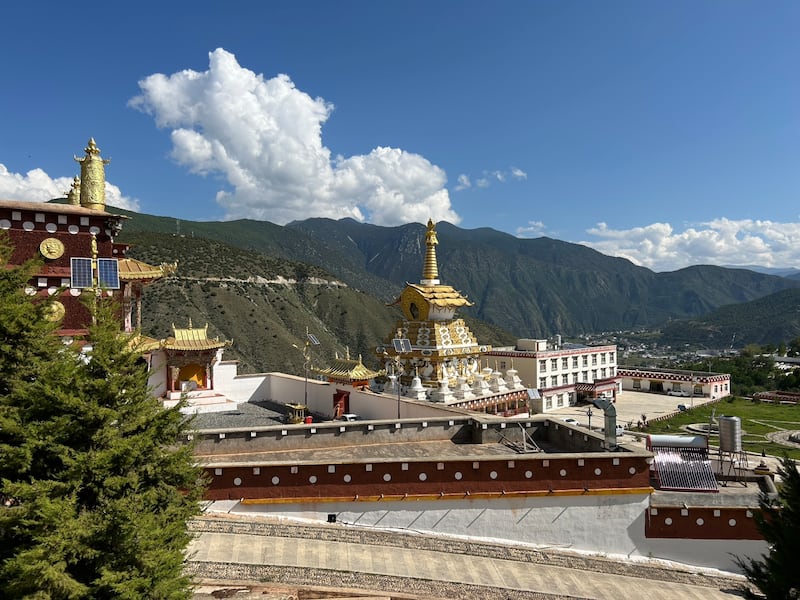
At the foot of a mountain outside the town, the vast, ornate Sangpiling monastery is home to about 500 monks and its great hall can accommodate 5,000 worshippers. Inside, the sound of bells accompanied the monks’ chanting while pilgrims came and went, some leaving offerings including cash, sweets and soft drinks below statues of the Buddha.
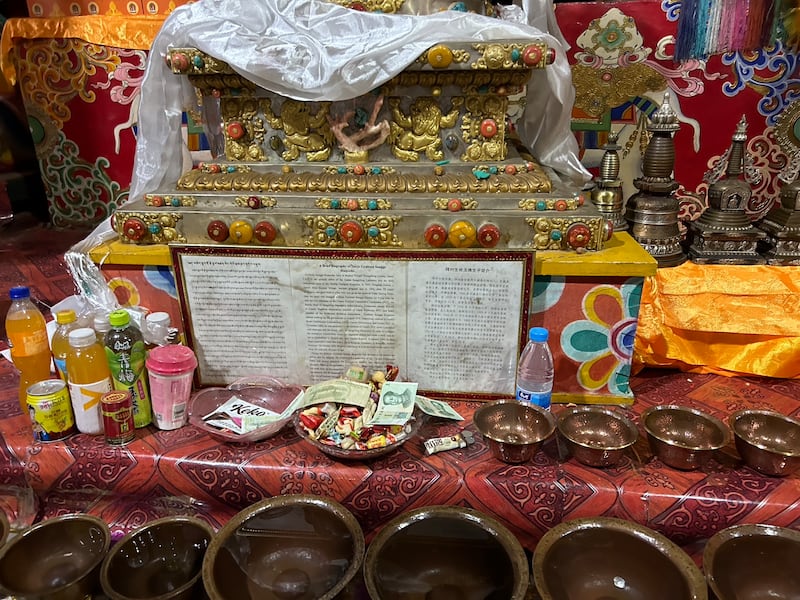
The monastery is part of the Gelug sect of Tibetan Buddhism, the same as the Dalai Lama, but Qiang Ba Ta La, the monk in charge of operations there, had little to say about him.
Riots in Lhasa in 2008 triggered a massive security response that in turn set off a wave of self-immolations across the Tibetan Plateau
“This monastery and our monks have no position on the importance of the Dalai Lama or his role in Tibetan Buddhism,” he said.
“It is a fact that the Dalai Lama is a living Buddha of the Gelug sect. But we have nothing to do with the Dalai Lama because in this monastery, according to our historical traditions and historical customs, we worship the Dharma Protector. But since 2008 the Dalai Lama himself said that if anyone in Gelug sect worshipped the Dharma Protector, you will have nothing to do with me. The Dalai Lama separated himself from us.”
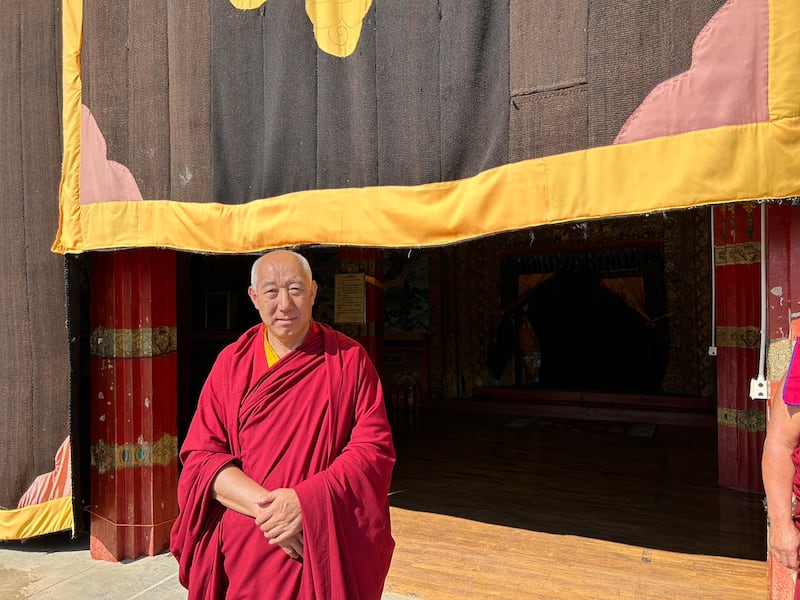
Most of the monasteries in the Tibetan part of Sichuan were damaged or destroyed during the Cultural Revolution, which saw widespread religious persecution. Religious freedom was officially restored in 1982 and monasteries were rebuilt with government support, but since the 1990s periods of easing have alternated with tightening of control.
Riots in Lhasa in 2008 triggered a massive security response that in turn set off a wave of self-immolations across the Tibetan Plateau. Government action has been less heavy-handed in Tibetan areas in Chinese provinces outside the Tibetan Autonomous Region.

Sangpiling monastery receives government subsidies and Qiang Ba Ta La describes its relationship with the state as friendly and stable.
“On the one hand, the state guarantees our religious autonomy and independence in practising our religion, and on the other hand the monasteries and monks love their country and respect the state and follow all its laws and regulations,” he said.
[ Tibetan groups urge China to free Panchen Lama after 25 yearsOpens in new window ]
The compromises Tibetan Buddhists inside China have made with the authorities have drawn criticism abroad, particularly in light of the harsh treatment dealt out to adherents of the Dalai Lama. But the survival of the monasteries and the increasing popularity of Tibetan Buddhism throughout China have nourished Tibetan music, language and the visual arts.
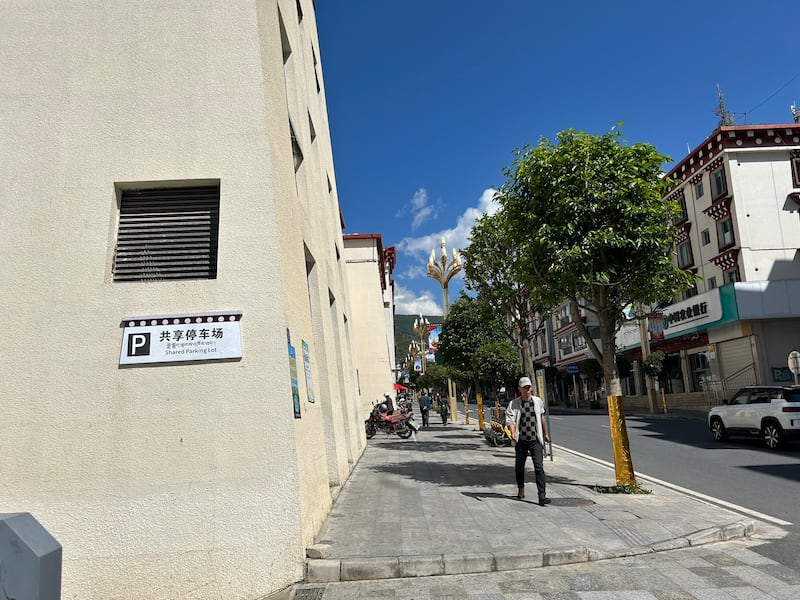
“For historical and social reasons, Tibetan Buddhism and our traditional Tibetan culture are intertwined – they are mutually reinforcing and they are inseparable,” Qiang Ba Ta La said.
“Whether it is modernisation, technology or digitalisation, if there is an unstoppable trend in the current world, Buddhism should go with the trend – not stand in opposition to it. We should take advantage of it and see if we can use it and turn it into something positive so that our Buddhism can benefit from it.”
























